
How is matcha tea made?
Posted on January 26 2023,
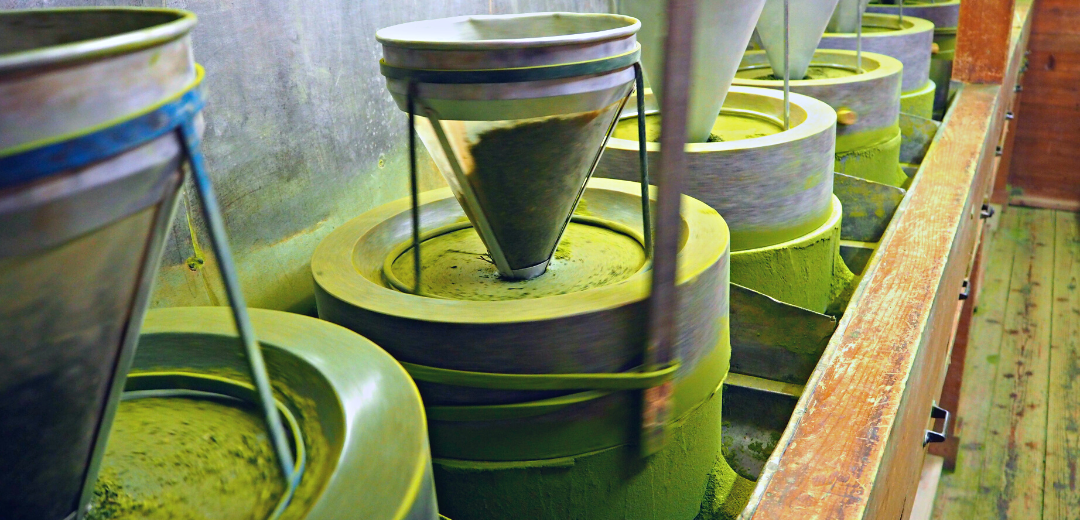
How is matcha tea made?
Matcha tea is made by growing and harvesting matcha leaves, steaming and drying the tea leaves into tencha leaves, then stone grinding the tencha leaves into a fine powder. The process of making matcha tea is incredibly laborious, time consuming, and delicate.
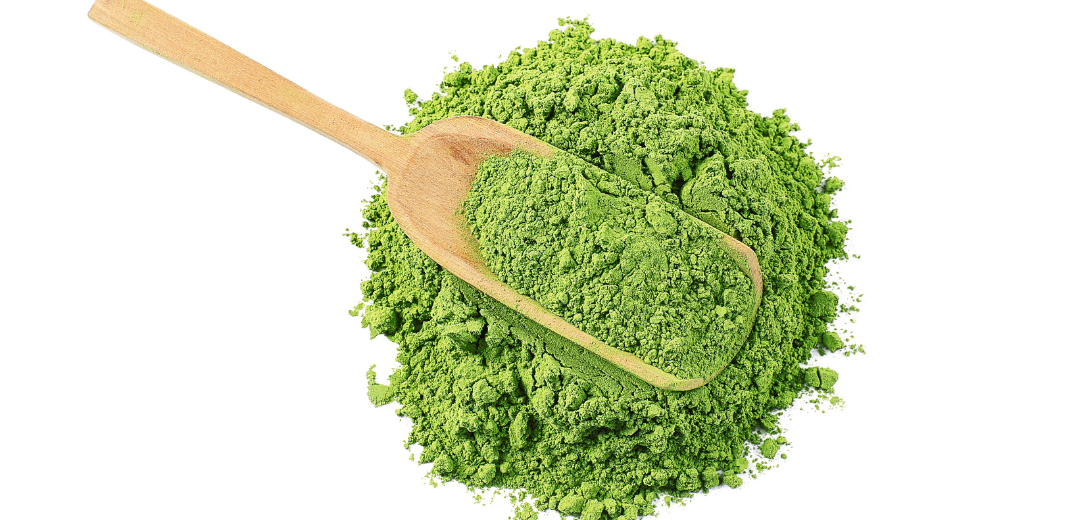
What is matcha made of?
Matcha is made from the camellia sinensis plant. Both regular green tea and matcha come from the same plant. Matcha is shaded before harvest however, unlike green tea plants which remain under full sunlight until harvest. Read more about the differences between matcha and green tea here.
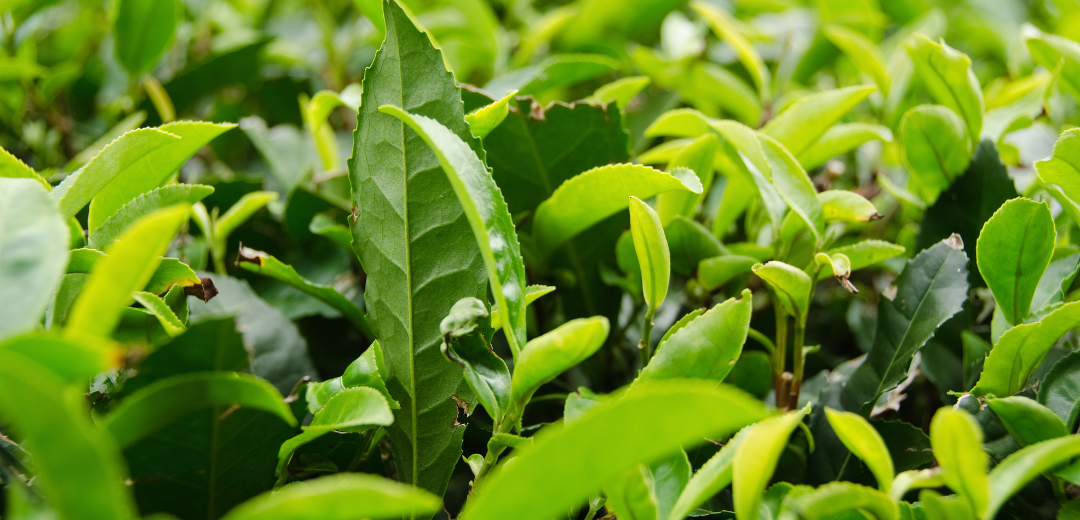
What does matcha taste like?
Matcha leaves have a vegetal, fresh taste if picked off the tea plant and eaten raw. When matcha is steamed, the umami fragrance and flavour are activated in the matcha leaves. The umami component in matcha gives it its subtle sweet flavour, and eliminates the bitterness of the caffeine content in matcha tea.
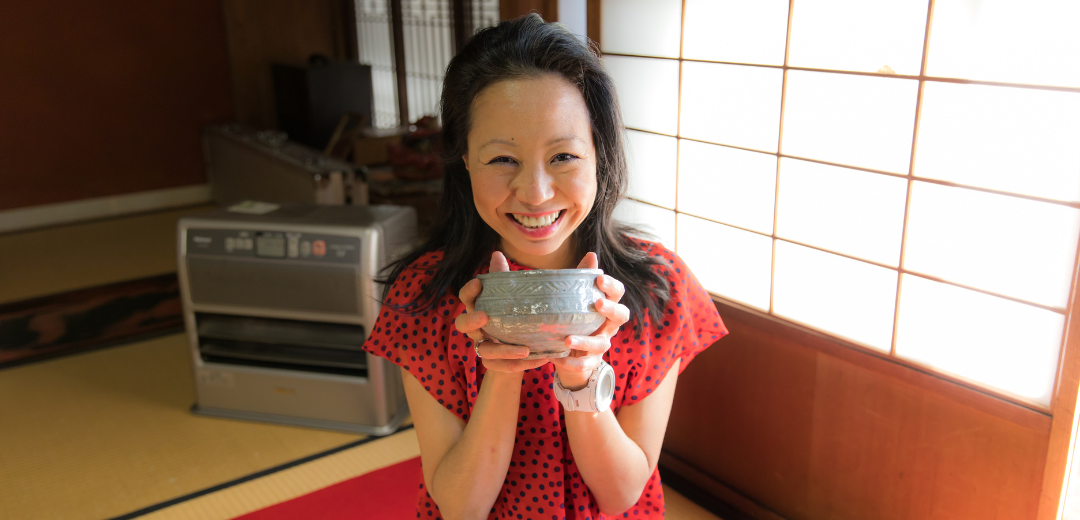
Why shading matcha tea plants is important
Shading matcha tea plants from sunlight has been a traditional practice in Japan's Uji region since the 16th century. Known as oishita saibai in Japanese, meaning 'roof-over method,' shading is critical to develop the umami factor in matcha tea.
Shading matcha plants from direct sunlight changes the chemical structure of the matcha leaves. As a result, they develop l-theanine amino acid, l-arginine amino acid, concentrated amounts of chlorophyll, and polyphenols.
Most importantly, shading tea plants before harvest makes the tea fragrant and taste delicious, without the bitterness of green tea.
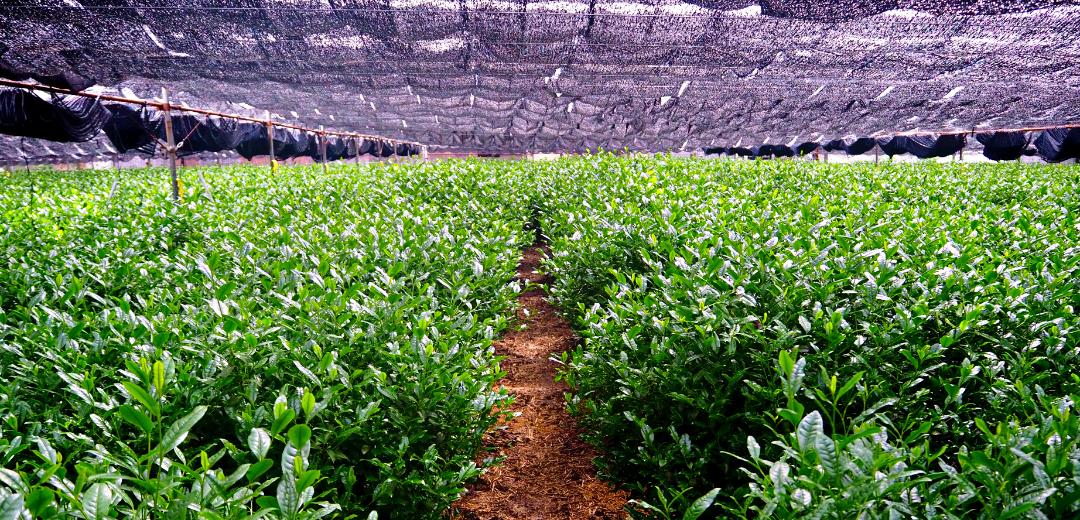
What months are harvest season for matcha?
In Uji, Japan, matcha is harvested in spring. The first matcha plant buds begin to sprout in April or May each year. These first tea leaves of the season are the most prized by matcha enthusiasts. Known as ichibancha, or first flush, they are the prize for an entire year's work by the matcha cultivars. Ceremonial grade matcha tea powder is made from ichibancha tea leaves.
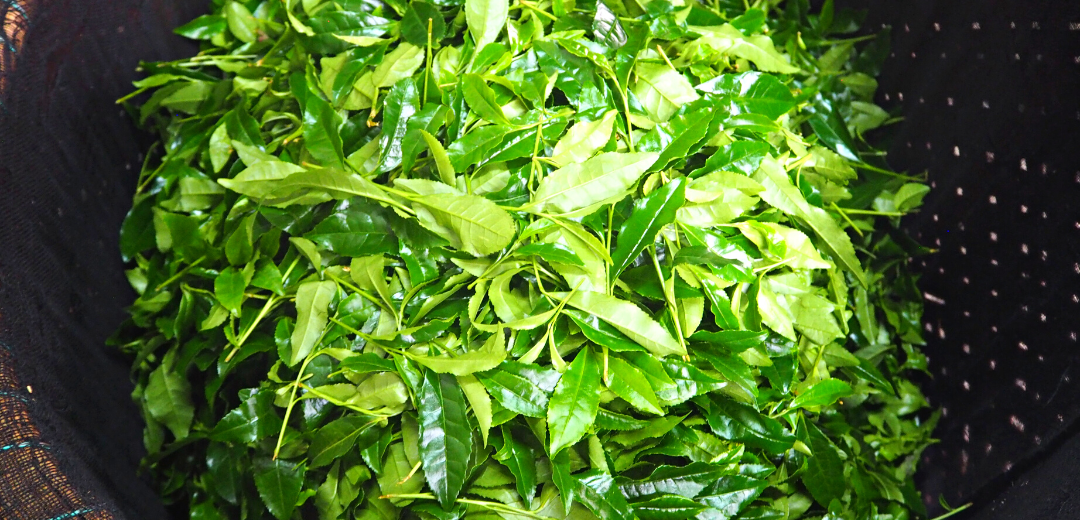
2nd harvest, or nibancha takes place one month after the first matcha harvest. 3rd harvest, or sanbancha, takes place one month after the 2nd harvest. 2nd and 3rd harvested matcha is generally categorized as culinary matcha. While still having beneficial compounds and similarities in flavour to the first spring harvest, culinary matcha is best utilised as an ingredient. Culinary matcha can be used to make matcha latte, matcha sweets, and for baking matcha cookies and cakes.
Learn more about matcha grades here.
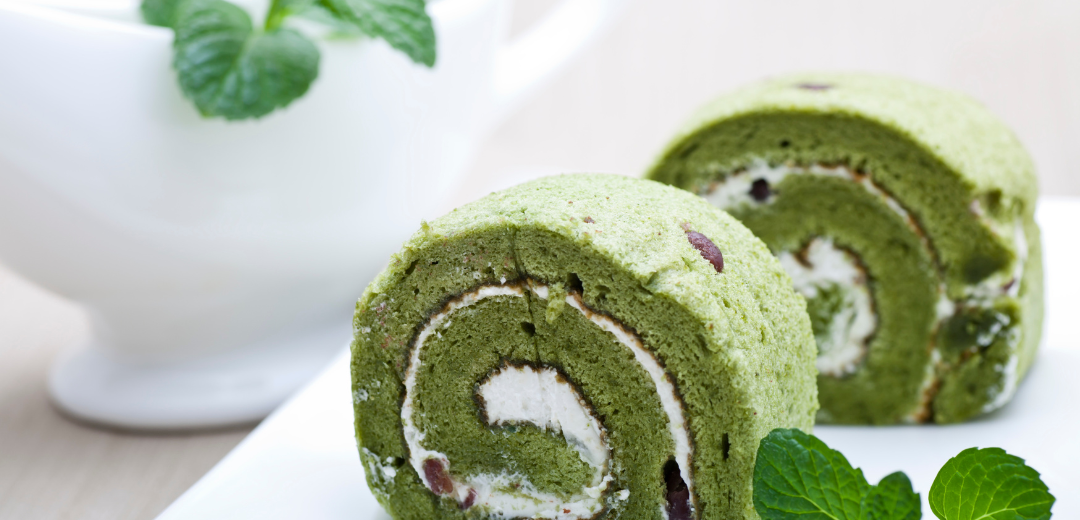
What is tencha?
Tencha is what matcha leaves are called once they are steamed and dried. Green tea leaves are known as sencha after steaming and drying.
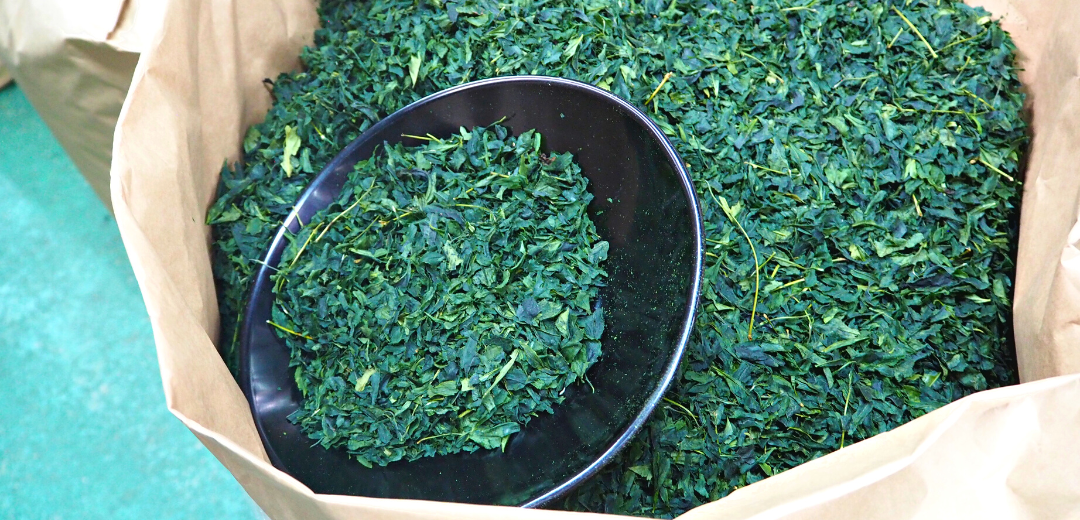
Matcha stone mill process
Authentic Japanese matcha tea is made by stone grinding tencha into a very fine and delicate powdered form.
Done properly, stone grinding should be done in a temperature controlled environment. Our Uji tea farm sets their stone grinding environments at 10 degrees celsius. Heat can destroy matcha powder, which is why our Uji matcha is stone ground at precisely 48 revolutions per minute. This speed produces only 30 grams of powder per hour, per stone grinder. However, it protects the delicate properties within the matcha from heat degradation.
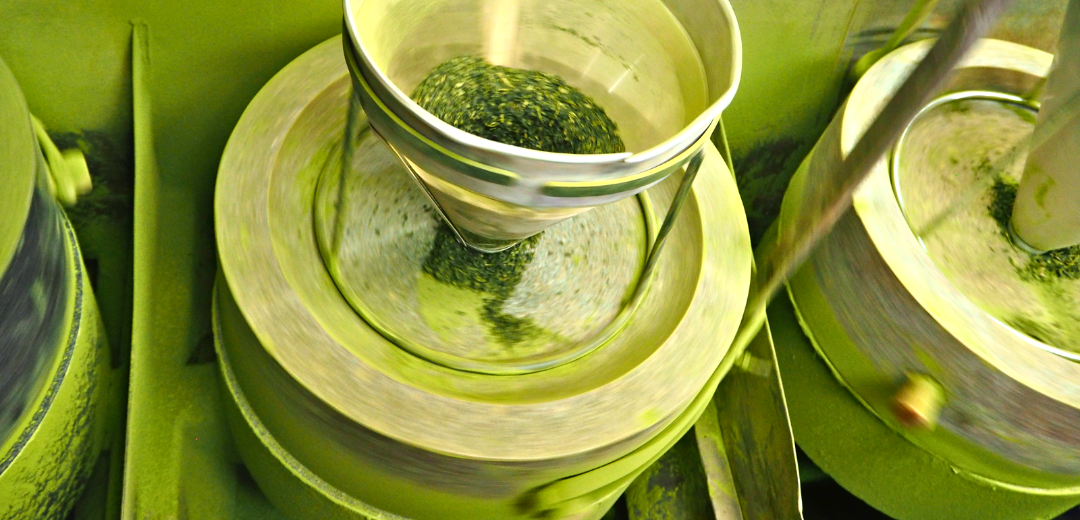
The importance of matcha powder particle sizes
Matcha powder particle sizes should be of varying levels to ensure a balanced flavour. Stone grinding tencha at 48 revolutions per minute ensures the balance in the particle sizes of the matcha powder. This balance is essential for creating delicious matcha. It should have a depth of flavour, as well as a full bodied and balanced taste.
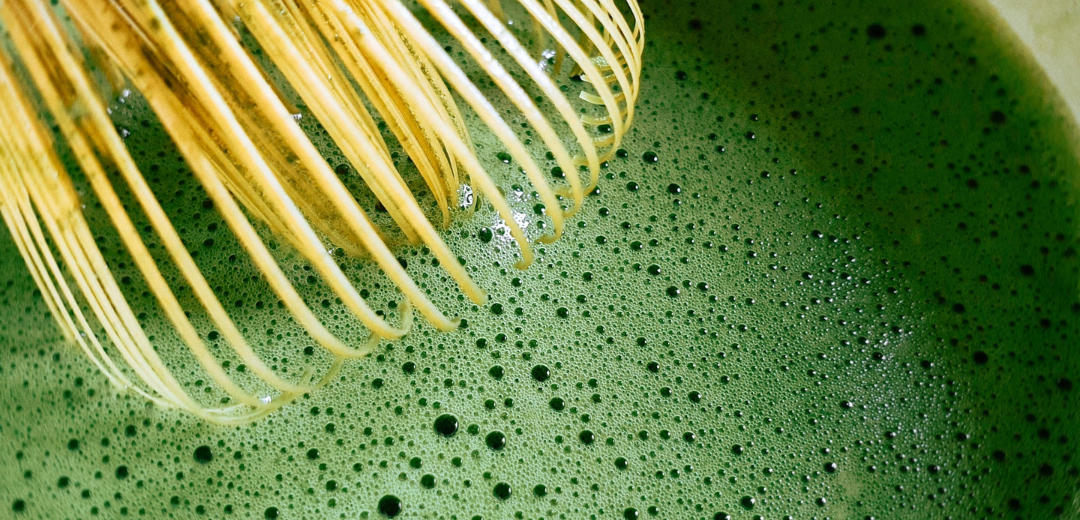
Japan's most prestigious matcha
Uji is the birthplace of matcha, with its origins dating back over 800 years. Today, Uji matcha is the most prized of all. Modern times call for modern measures, and with the help of today's technology, ancient techniques for curating fine quality matcha are still used.
In Uji, only 60 farming families are left growing the tea.
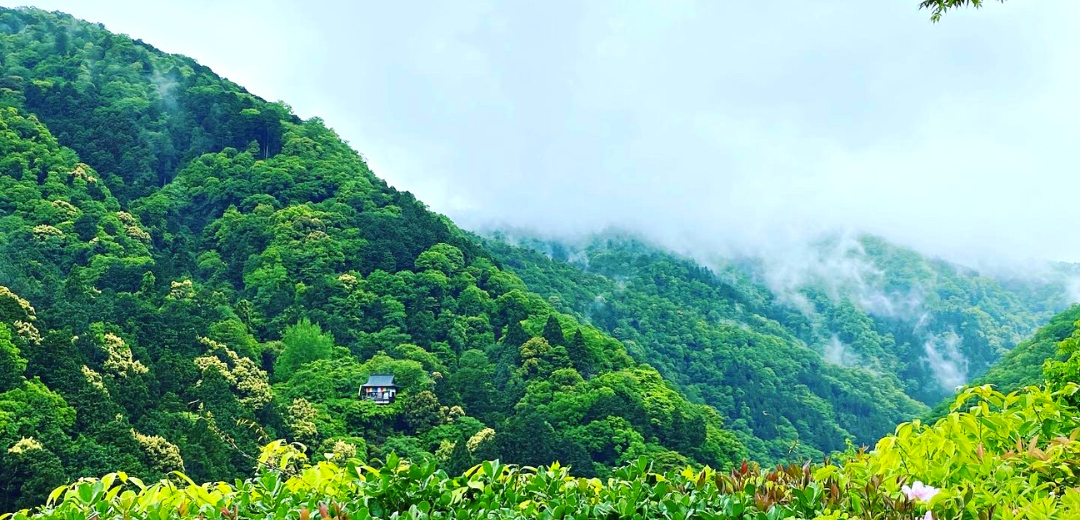
Why is matcha expensive?
Matcha green tea is expensive because it's an extremely labour intensive undertaking for the growers that produce it.
Ceremonial grade matcha powder offers leaner profits for the growers, which is why it's becoming less available (at least, the authentic and highest quality ceremonial grade).
More money can be made from the cheaper 2nd and 3rd harvests. This is also why it's important to know which harvest your matcha is made from. Quite often, brands will market that their matcha is organic, while not disclosing what harvest it is from.

Why Japanese matcha is the best
The most authentic matcha green tea comes from Japan. With its rich history, its cultural importance and role in Japanese tea ceremony (chanoyu), standards of cultivation in Japan cannot be replicated.
Matcha is now produced in other parts of the world, with China and Korea supplying a large section of the global matcha market. However, cultivation and processing practices are more commercialised. For Japanese growers, achieving excellence is the highest priority. It's their duty to their ancestors before them.
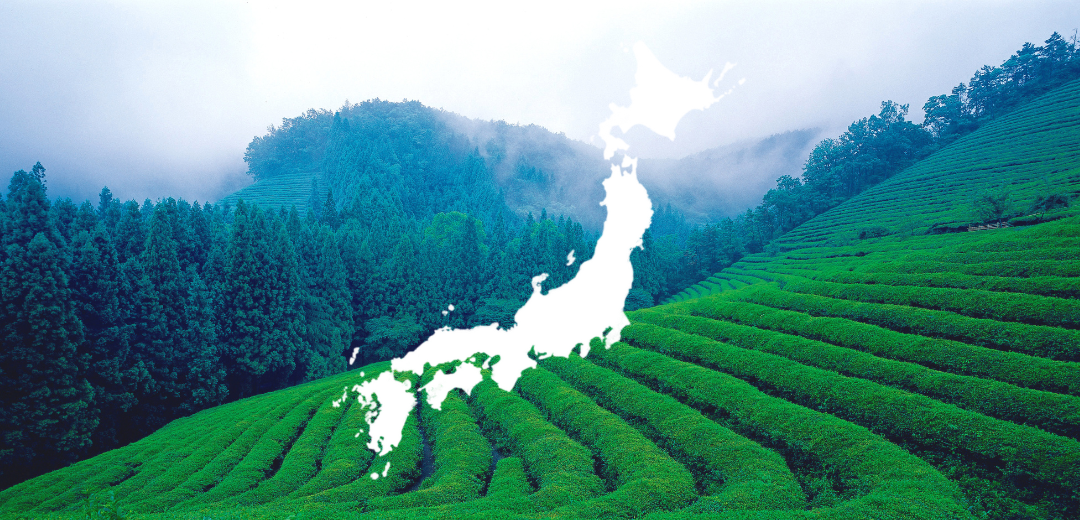
Want to try delicious ceremonial grade matcha from the first spring harvest?
We are exclusive suppliers of 100% organic matcha from a historical tea farm in Uji. Our matcha is harvested only once each year, in spring. We use the finest quality tea leaves from the first flush.
Our Uji matcha is certified organic, rich in l theanine amino acid, antioxidants, catechins, particularly epigallocatechin gallate (EGCG), vitamin c, nitrogen, and more!

